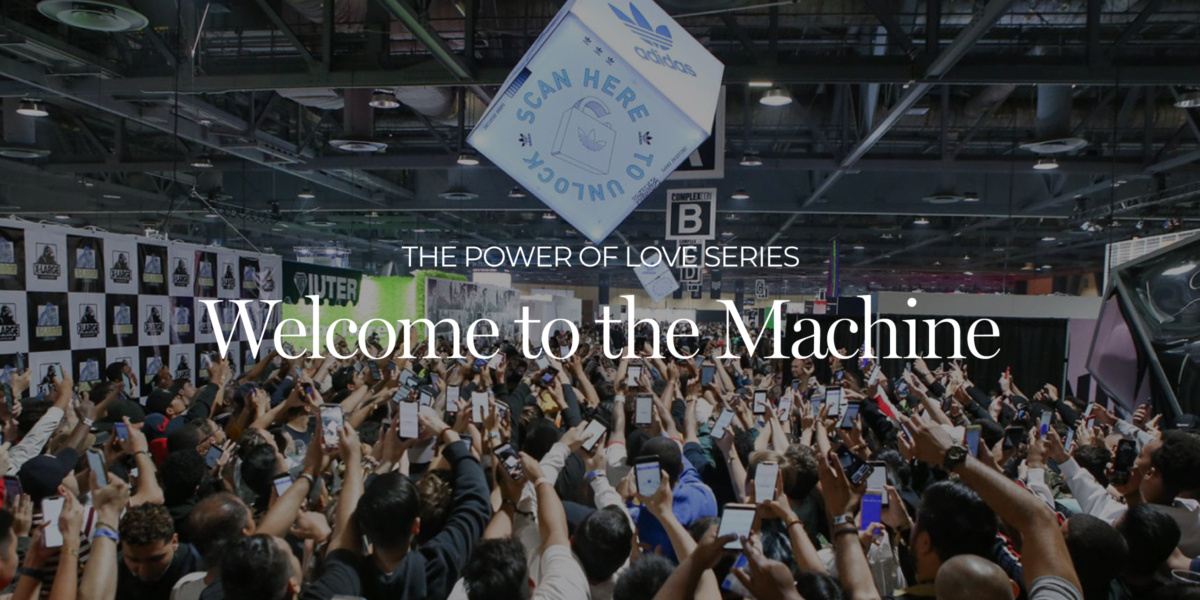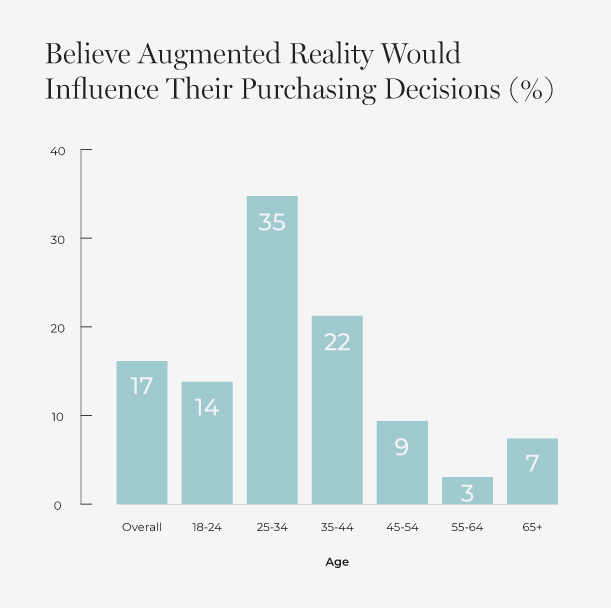Artificial Intelligence & Virtual Reality
Technology is changing the nature of the brand experience in many ways. At its simplest, just being new provides a level of uniqueness to a brand.
“Being first to market with innovative technologies has a halo effect that makes customers see the brand as cutting edge or as a market leader,” Professor Sean Sands, Swinburne Business School, Swinburne University.
Beyond that, however, two particular technologies provide the opportunity for adventurous brands to increase the unique aspects of their brand’s functions, sensory experiences, and communications.
For example, Artificial Intelligence can be used to generate communications that are unique to a specific prospect or customer, and Virtual Reality has the capacity to deliver unique brand sensory experiences.
A recent study from Swinburne University found that consumers are equally happy to follow either an Artificial Intelligence-based or a human influencer.
That’s how far it’s come.
However, artificial intelligence’s ability to personalise the customer experience and thus create unique communications holds the most promise for building friend/lover brand relationships.
The most common examples of personalisation occur on e-commerce websites where AI is often used to present to visitors “products like this that other customers have bought” however, these can become increasingly sophisticated, including tracking a shopper’s movement around the site to determine the level of discount they are offered to encourage purchase.
The statistics speak for themselves, with Australian consumers saying that the type of personalisation that can be delivered by artificial intelligence can increase their:
-
Preference for that retailer by 29%
-
Preparedness to pay a premium by 25%
-
Repeat sales by 63%
-
Loyalty scheme interest by 48%
- Brand Recommendation by 45%
Unfortunately, Australian brands have not yet effectively leveraged AI, with only 25% of online shoppers saying that the personalisation they experience is “fantastic and helpful”.
Brand Engagement & Augmented Reality
Adidas is one of the world’s most successful brands and is loved by millions.
Philip Hambach, the director of global consumer strategy at Adidas, explains how Augmented/Virtual reason helps build their brand by offering unique communications and sensory experiences.
While it is often associated with Gen Z, Augmented Reality already has a broad impact which will only increase over time.
There are still many opportunities for brands to take the lead in Augmented/Virtual reality as only 33% of Australian retailers have invested in it a strategic priority for the next 12 months.
THE POWER OF LOVE REPORT












